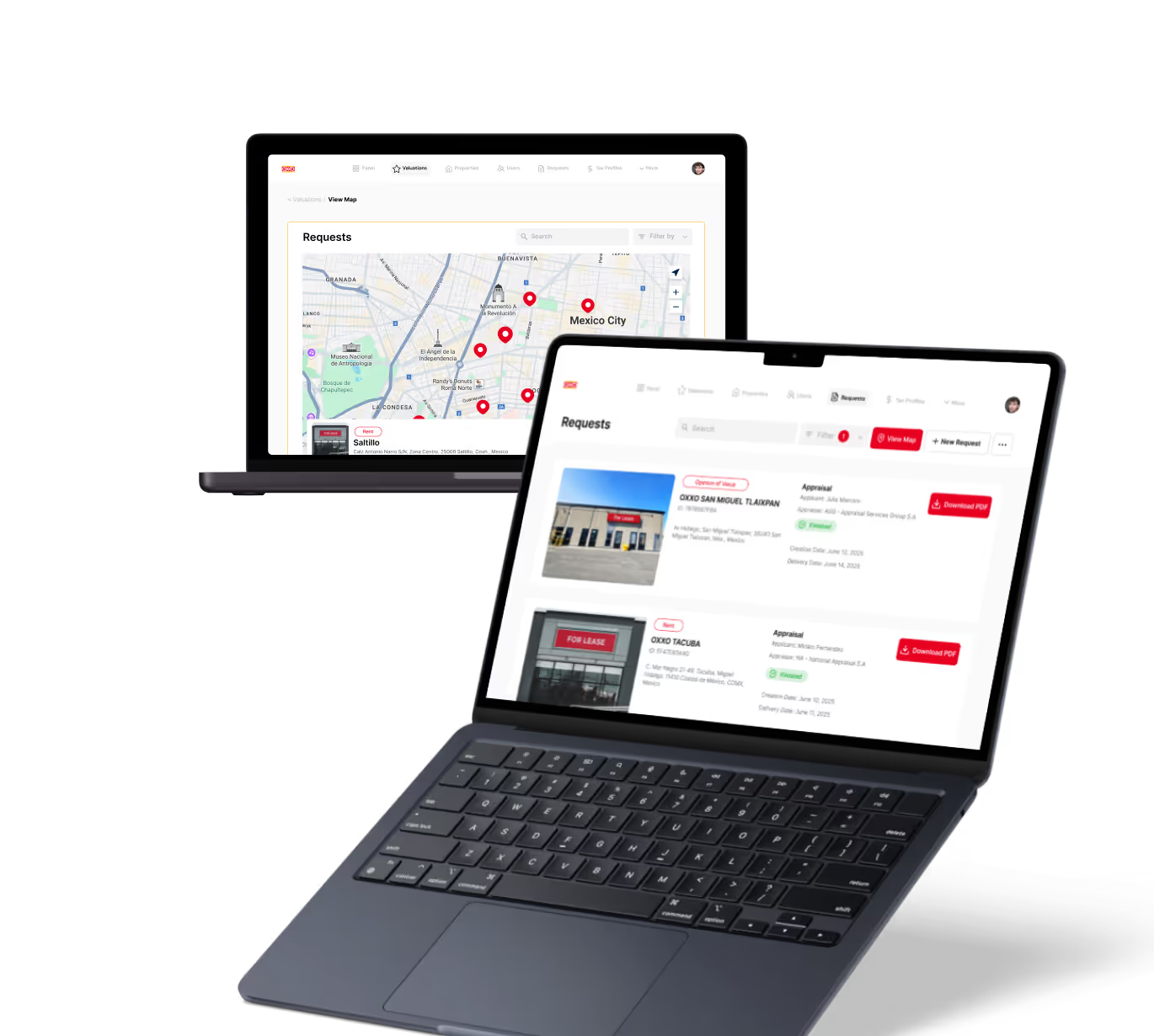Pilot Program in MVP
MVP
Explore how pilot programs enhance MVP testing, reduce risks, and improve product success with real-world user feedback.
Introduction to Pilot Programs in MVP development
When you build a minimum viable product (MVP), you want to test your idea quickly and learn what works. A pilot program is a small-scale launch of your MVP to a limited audience. It helps you see how real users interact with your product before a full release.
Using a pilot program in your MVP process reduces risks and saves time. It gives you valuable feedback to improve your product. In this article, you will learn why pilot programs matter, how to run them, and examples from no-code and low-code tools.
Why Pilot Programs Are Essential for MVP Success
Pilot programs let you test your MVP in a real environment with real users. This helps you find problems early and understand user needs better. Instead of guessing, you get facts to guide your next steps.
Here are key reasons pilot programs are important:
- Risk Reduction: Catch bugs and usability issues before full launch.
- User Feedback: Learn what users like or dislike.
- Market Validation: Confirm demand and product fit.
- Cost Efficiency: Fix problems early to avoid expensive changes later.
- Stakeholder Confidence: Show progress with real data.
For example, a startup using bubble to build an MVP might run a pilot with 50 users. They collect feedback on features and fix issues before scaling up.
How to Run a Successful Pilot Program for Your MVP
Running a pilot program requires planning and clear goals. Here are steps to guide you:
- Define Objectives: Decide what you want to learn, such as usability or feature validation.
- Select Participants: Choose a small, relevant group of users who represent your target audience.
- Prepare Your MVP: Ensure your product is stable enough for testing, even if basic.
- Communicate Clearly: Explain the pilot’s purpose and how users can give feedback.
- Collect Data: Use surveys, interviews, or analytics tools to gather insights.
- Analyze Results: Identify patterns and prioritize changes.
- Iterate Quickly: Update your MVP based on feedback and prepare for wider release.
Tools like Glide or FlutterFlow make it easy to update MVPs quickly during pilots. Automation platforms like Zapier or Make can help collect and organize feedback efficiently.
Examples of Pilot Programs Using No-Code and Low-Code Tools
No-code and low-code platforms have made pilot programs more accessible. Here are some examples:
- bubble: A team builds a marketplace MVP and launches a pilot with 30 users. They track user behavior and fix navigation issues.
- Glide: A business creates a simple app for event registration. They pilot with a small group and adjust the app based on feedback.
- FlutterFlow: A startup develops a mobile app MVP and pilots it with early adopters, improving UI based on user comments.
- Zapier and Make: These tools automate feedback collection from pilot users, sending surveys and compiling results automatically.
These examples show how pilot programs help improve MVPs without heavy coding or long development cycles.
Common Challenges in Pilot Programs and How to Overcome Them
Pilot programs are powerful but come with challenges. Knowing these helps you prepare better.
- Limited User Engagement: Users may not provide enough feedback. Overcome this by offering incentives and making feedback easy.
- Scope Creep: Trying to test too many features at once can confuse results. Focus on key features only.
- Technical Issues: MVPs may have bugs. Communicate openly with users and fix issues promptly.
- Data Overload: Too much feedback can be overwhelming. Use tools to organize and prioritize insights.
- Bias in Participants: Pilot users might not represent your full market. Choose diverse participants carefully.
Addressing these challenges ensures your pilot program delivers clear, actionable results.
Best Practices for Integrating Pilot Programs into Your MVP Strategy
To get the most from pilot programs, follow these best practices:
- Start Small: Begin with a manageable user group to control variables.
- Set Clear Metrics: Define success criteria like user satisfaction or task completion rates.
- Communicate Regularly: Keep pilot users informed and engaged throughout the process.
- Use Automation: Leverage tools like Zapier to streamline data collection and analysis.
- Iterate Fast: Make quick improvements based on feedback to keep momentum.
- Document Learnings: Record insights and decisions for future reference.
These practices help you build a strong foundation for product growth and user satisfaction.
Conclusion
Pilot programs are a smart way to test your MVP with real users before a full launch. They reduce risks, save costs, and provide valuable feedback. By running a well-planned pilot, you can improve your product and increase your chances of success.
Using no-code and low-code tools makes pilot programs easier and faster. Remember to define clear goals, select the right users, and collect actionable data. With these steps, your MVP journey will be more confident and effective.
FAQs
What is a pilot program in MVP development?
Why should I run a pilot program for my MVP?
How do I select participants for a pilot program?
Which no-code tools support pilot programs effectively?
What challenges might I face during a pilot program?
How can I use feedback from a pilot program?
Related Terms
See our numbers
315+
entrepreneurs and businesses trust LowCode Agency
Investing in custom business software pays off
We were managing property valuations across multiple brands, and the complexity was overwhelming our traditional processes. Every day of delay in property evaluation meant potential lost revenue and competitive disadvantage.
15,000+
property valuations managed through centralized platform
40%
reduction in valuation processing time

J.Antonio Avalos
,
Product Manager Lead
OXXO



%20(Custom).avif)